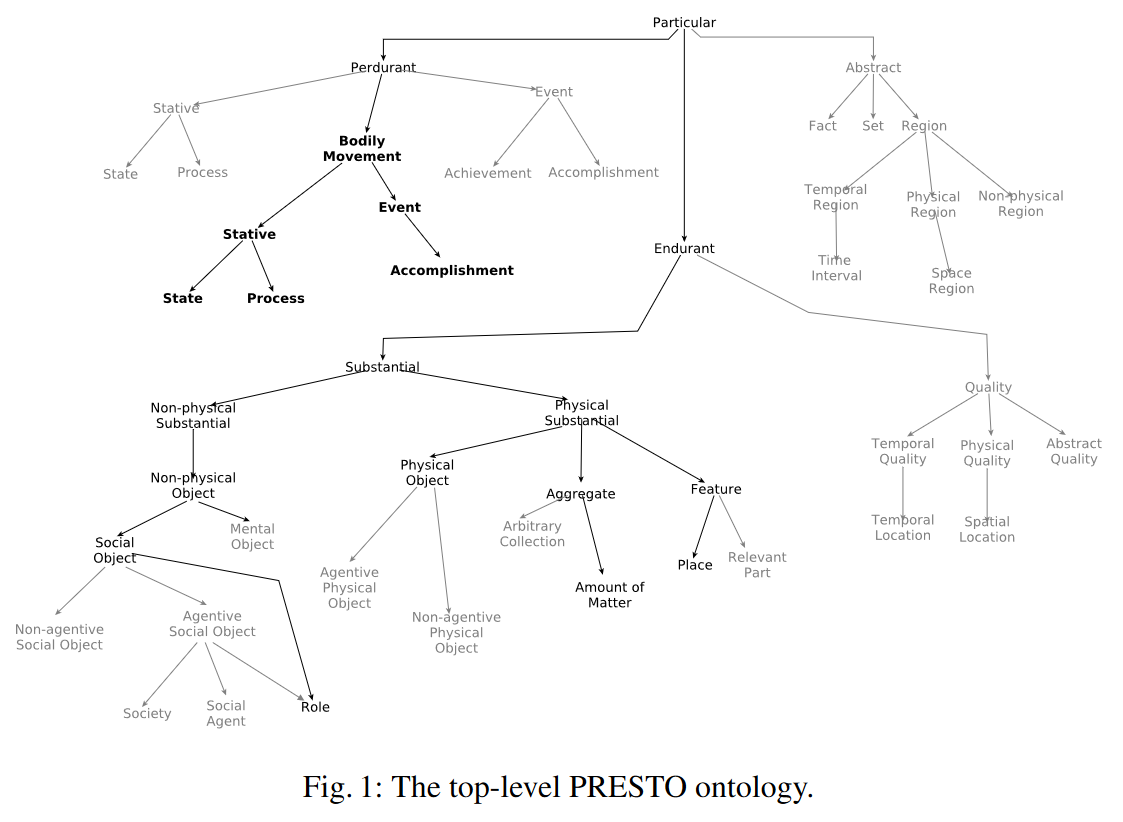An Ontology for Supporting the Evolution of Virtual Reality Scenarios

Abstract
Serious games with 3D interfaces are Virtual Reality (VR) systems that are becoming common for the training of military and emergency teams. A platform for the development of serious games should allow the addition of semantics to the virtual environment and the modularization of the artificial intelligence controlling the behaviors of non-playing characters in order to support a productive end-user development environment. In this paper, we report the ontology design activity performed in the context of the PRESTO project aiming to realize a conceptual model able to abstract the developers from the graphical and geometrical properties of the entities in the virtual reality, as well as the behavioral models associated to the non-playing characters.
Highlights
-
we focus on the experience of using Semantic Web techniques, and in particular lightweight ontologies, for the high level description of the artificial entities (including characters) and their behaviors in gaming in order to uncouple the description of scenarios performed by the trainers from their physical implementation in charge to the developers. Differently from a number of works in literature that often uses ontologies for a detailed description of the geometrical properties of space and objects, the focus of our work is on the description of the entities of a VR scenario from the cognitive point of views of the trainers and the developers alike, in a way that is semantically well founded and independent of a specific game or scenario [1], and with the goal of fostering clarity, reuse, and mutual understanding.
-
The open problems addressed by this project may be summarized as follows:
- the perception of the virtual environment by an artificial character and the execution of its models and procedures must be able to adapt to the context, to its history and status (fatigue, emotions, intake of stimulants such as caffeine or depressants such as alcohol) and must maintain a level of variability (i.e. in the accuracy of the vision, the rate of reaction, in the choices among alternatives) such that the behavior is plausible but not trivially predictable;
- the representation of procedures and patterns of behavior must be independent of one specific usage scenario and accessible to training specialists (i.e. industrial safety or civil protection) rather than just a computer, in an environment facilitating the definition and configuration of training scenarios by such specialists.
PRESTO Ontology Design
- , building everything from the ground up by relying on domain experts and using one of the state of the art ontology engineering methodologies such as Methontology
Backlinks